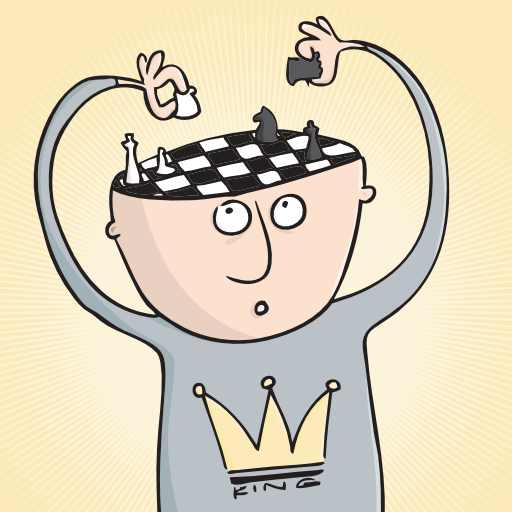Try to finish each puzzle by checkmating the virtual opponent in a given number of moves. This game is updated 4 times a day: 10:00, 14:00, 18:00, and 22:00.

Powered by Chessboard.jsx, chess.js and stockfish.js.
One effective strategy for solving chess puzzles is to first identify the key pieces that are likely involved in delivering the checkmate. This often includes high-value pieces like the queen or rook, as well as other pieces that are positioned near the opponent's king. Once these pieces are identified, the next step is to visualize potential moves that could lead to a checkmate, keeping in mind the limitations imposed by the puzzle, such as the number of moves allowed.
Another important strategy is to work backwards from the end goal of checkmating the opponent's king. Imagine the board positions that would lead to a checkmate and then try to figure out the moves required to reach that position. This reverse engineering method can simplify complex puzzles by breaking them down into more manageable steps. It's also crucial to be aware of any possible defensive moves the opponent could make to thwart the checkmate plan, ensuring that the solution is both accurate and efficient.
Chess puzzles are valuable tools for honing endgame skills, as they often present scenarios requiring precise moves to secure a win. These puzzles can simulate various endgame positions involving different combinations of pieces, such as king and pawn against king, or more complex arrangements with multiple pieces. Practicing these situations helps players understand key endgame concepts like zugzwang, opposition, and pawn promotion, and equips them with the necessary skills to convert an advantage into a win when similar positions occur in real games.
Moreover, chess puzzles focused on the endgame phase compel players to think critically about each move, emphasizing the importance of accuracy in this decisive part of the game. Mistakes in the opening or middlegame can sometimes be rectified, but errors in the endgame are often fatal. Regularly solving endgame puzzles can therefore improve a player's ability to evaluate positions and foresee consequences, making them better prepared for the endgame challenges they'll encounter in competitive play.
Chess puzzles are an engaging way to introduce children to the game of chess. These puzzles capture the essence of the game in bite-sized challenges that are more manageable and less overwhelming than a full game, making them ideal for beginners. Solving puzzles helps kids understand the importance of each piece, how they move, and the tactics involved in trapping or checkmating an opponent's king. Additionally, the rewarding experience of solving a puzzle provides instant gratification, which can be motivating for children and encourage them to delve deeper into the game.
Using chess puzzles in a teaching context can also offer educational benefits beyond the game itself. For example, puzzles help develop problem-solving skills and reinforce concepts like planning, pattern recognition, and logical thinking. Teachers and parents can use puzzles as a fun yet educational activity, integrating them into lessons or using them as a supplement to traditional teaching methods. Overall, chess puzzles serve as an accessible and effective tool for teaching children the basics of chess while also fostering a range of cognitive skills.